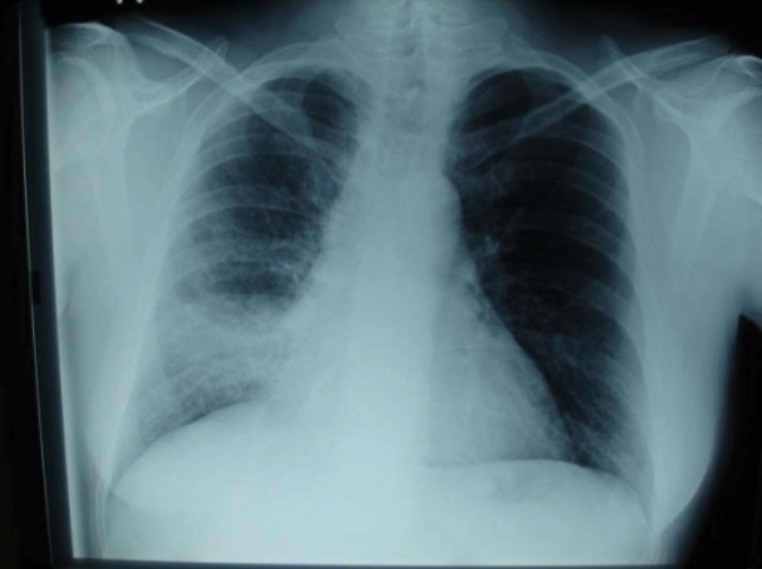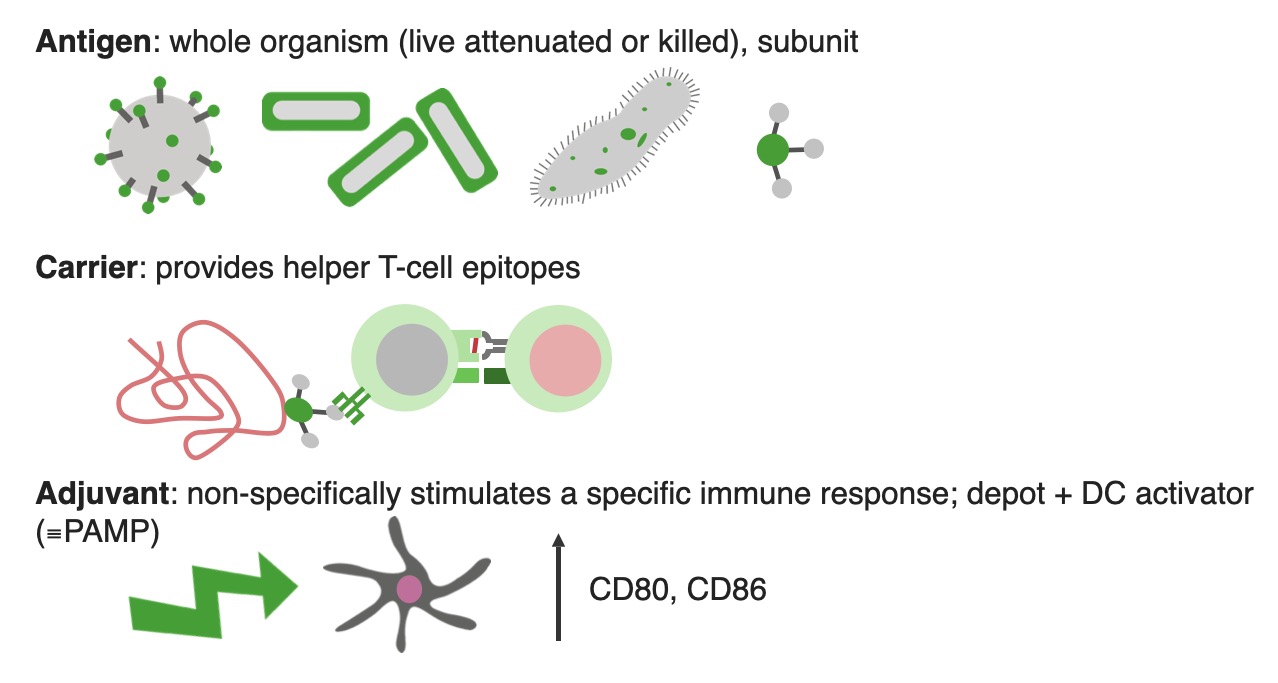Playlist
Show Playlist
Hide Playlist
Influenza: Management and Prevention
-
Slides InfluenzaA InfectiousDiseases.pdf
-
Reference List Infectious Diseases.pdf
-
Download Lecture Overview
00:01 So, let’s talk about the efficacy. 00:04 Unless you start any of the influenza drugs early, you get minimal effect on the disease. 00:12 On the other hand, if you use them in an epidemic, let’s say you have a nursing home patient who’s got influenza and you’re trying to prevent it being spread to all the nursing home residents. 00:27 These drugs do a very good job of preventing influenza in such a case, they’re 70% to 90% protective. 00:36 And as you can imagine in a nursing home or similar setting, this would be something that the physicians would definitely want to do. 00:49 Now what about the vaccine? That’s what we kind of depend on to protect us. 00:54 So how do they figure out what to put in the vaccine? They obviously got to put killed viruses into the vaccine so that we can be exposed to the hemagglutinin and the neuraminidase spikes of the killed viruses. 01:11 So the World Health Organization meets twice a year. 01:17 And what they do is they review the results of surveillance laboratory and clinical studies and the availability of vaccine viruses and they make recommendations on the vaccine composition. 01:34 And how do they get their recommendations? Well, first of all they find out what types of influenza viruses have been bothering persons in the Northern Hemisphere. 01:49 And so they take note of those viruses and they’ll very likely incorporate those viruses to protect the Southern Hemisphere. 02:00 They meet in September for the Southern Hemisphere to find out what viruses to put in those vaccines. 02:08 And so, ultimately, the World Health Organization recommends specific vaccine viruses to be included in the vaccines. 02:17 Most of the time, they’re pretty good. 02:20 Sometimes, they’re wrong about the vaccine -- about the viruses put in the vaccine and we get an epidemic we didn’t expect. 02:28 But each country makes a decision about which viruses should be included in the influenza vaccines and then license for use in that country. 02:42 The influenza vaccines, the inactivated one is in the form of an injection and its efficacy is about 70%. 02:52 And you can imagine an immunocompromised persons or the very young, it might not be quite as effective. 03:00 The live-attenuated vaccine is given by nasal inoculation. 03:05 It’s safe and effective. 03:07 It protects children more than 90% of the time and adults about 85% of the time. 03:17 Now in terms of how you prevent spreading it to others, you should certainly cover your mouth and nose with a tissue when you cough or sneeze and put your used tissue in a waste basket. 03:33 Now if you don’t have tissue and you have to cough or sneeze, you should cough into your upper sleeve or elbow, certainly not in your hands. 03:45 And you may be asked to put on a face mask to protect others. 03:50 And let’s say somebody who’s in the hospital with influenza, we would put a mask on those patients. 03:58 And people like who are going to work who have influenza should probably not go to work rather than expose people because some of the people they expose may be less able to fend off the influenza virus. 04:13 And finally, you should wash your hands very often with soap and warm water for 20 seconds with good friction. 04:23 And if soap and water are not available, you can use the alcohol-based hand rubs. 04:27 But if that’s not available, a steady stream of water will remove most of the pathogens that are on the surface. 04:35 But wash your hands some kind of way. 04:39 And that brings me to the end of my discussion about influenza. 04:43 I hope it was helpful to you.
About the Lecture
The lecture Influenza: Management and Prevention by John Fisher, MD is from the course Upper Respiratory Infections.
Included Quiz Questions
How does the World Health Organisation (WHO) make recommendations regarding influenza vaccinations for the Northern hemisphere?
- By reviewing surveillance and clinical data from people infected with the flu at the WHO meetings in February.
- By reviewing surveillance and clinical data from people infected with the flu in the Northern and Southern Hemispheres at the summer meeting.
- By waiting to see which flu viruses will be most prevalent in the first months of the flu season and giving specific recommendations for the remainder of the season.
- By analyzing the 7-year recurrent pattern of influenza viruses and making region-specific recommendations.
- By making vaccinations that cover all possible strains of the influenza viruses.
What is the average efficacy rate of the inactivated virus vaccination injection in the general population?
- 70%
- Greater than 90%
- 85%
- 20-40%
- 50%
What is the best way to avoid spreading the influenza virus among others in your workspace?
- Frequently wash hands for at least 20 seconds with warm water and soap.
- Cough into your hands and then immediately use a non-alcohol based hand sanitizer.
- Carry a handkerchief and make sure to blow your nose and sneeze into it each time.
- Wear gown and gloves prior to contact with vulnerable patients.
- Wear gloves all day, especially when using shared keyboards.
Customer reviews
5,0 of 5 stars
| 5 Stars |
|
1 |
| 4 Stars |
|
0 |
| 3 Stars |
|
0 |
| 2 Stars |
|
0 |
| 1 Star |
|
0 |
I like the series presented by Dr. Fisher. I love his explanation because it help stick material better when you understand why are we doing certain steps. Thank you Dr. Fisher.






